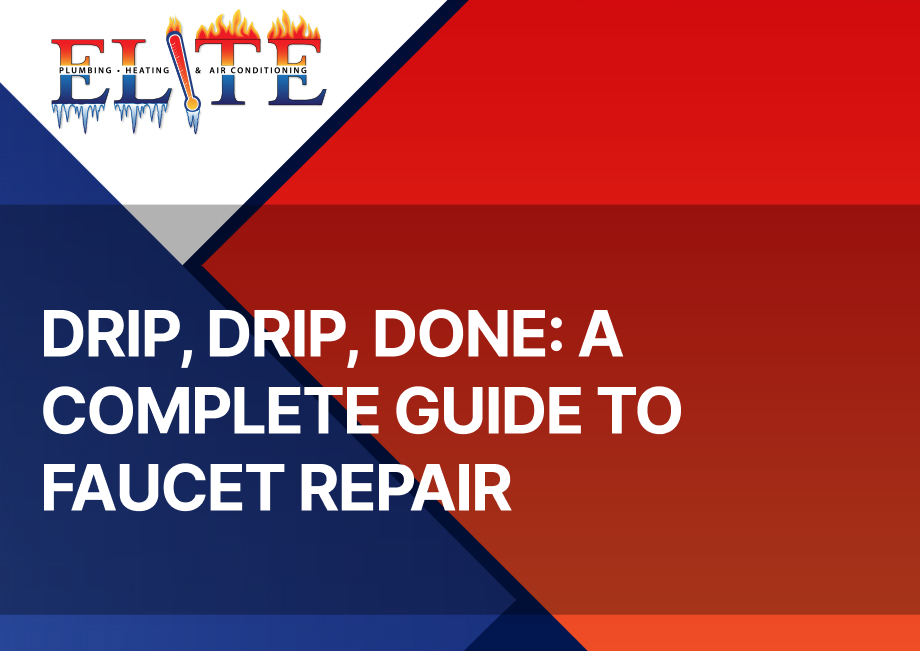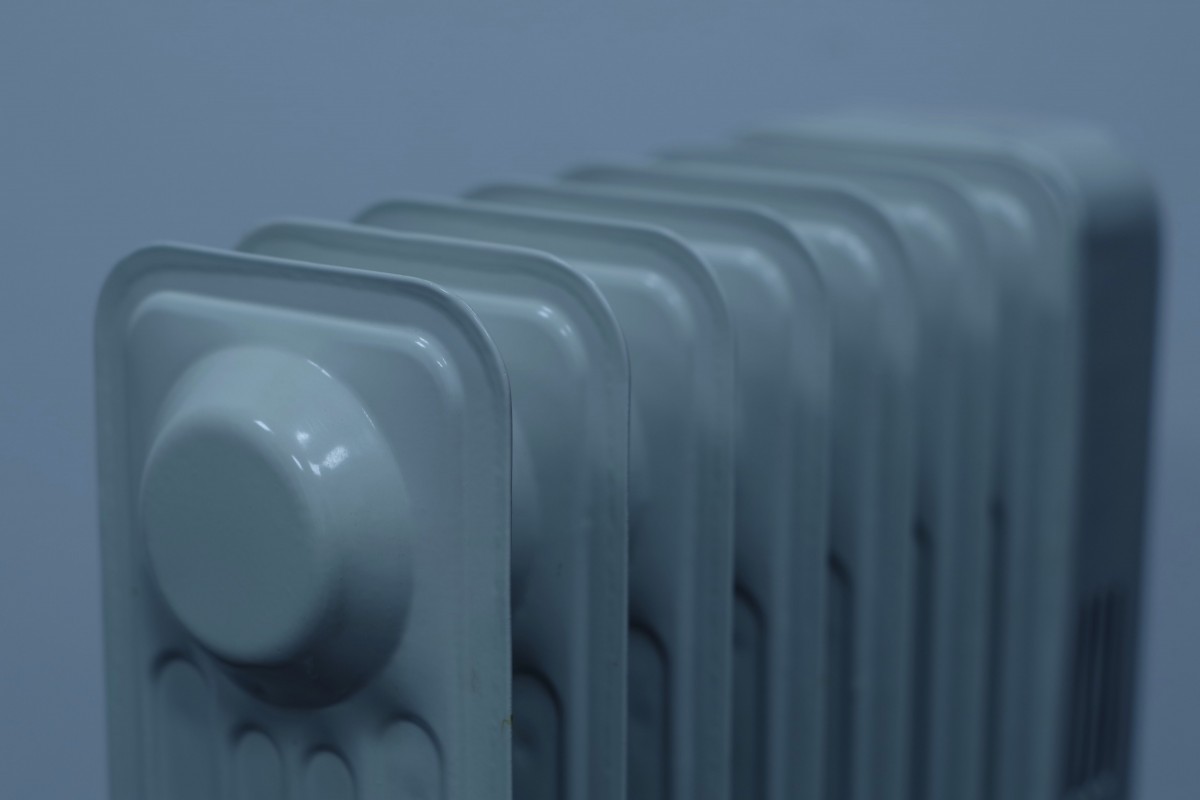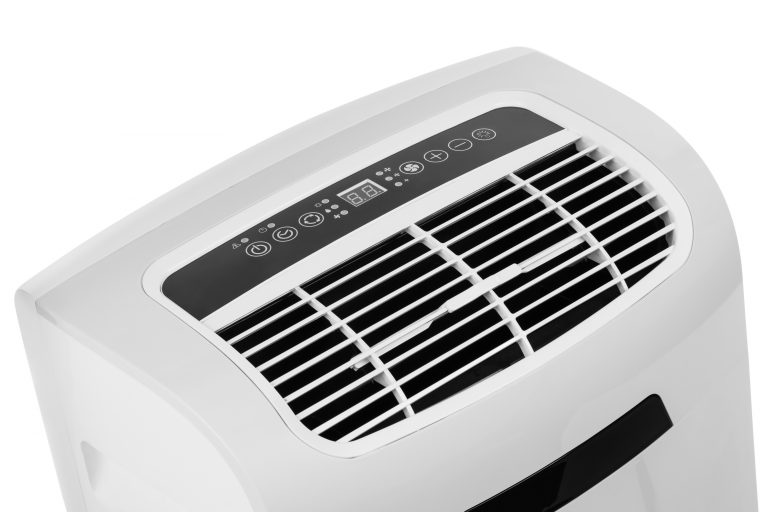Drip, Drip, Done: A Complete Guide to Faucet Repair
Imagine the annoyance of a persistent faucet drip – a small, yet constant reminder of potential water wastage and a spike in your utility bills. The good news is that you don’t have to endure it any longer. In this comprehensive guide, we will walk you through the steps of faucet repair, empowering you to turn that irritating drip into a satisfying ‘done.’
Identifying the Issue: The first step in fixing a leaky faucet is identifying the problem. Faucet leaks often occur due to worn-out washers, O-rings, or faulty valves. Begin by turning off the water supply to the affected faucet and disassembling the handle. Examine the internal components to pinpoint the source of the leak.
Tools and Materials: Before you dive into the repair process, gather the necessary tools and materials. You’ll typically need an adjustable wrench, screwdrivers, pliers, replacement washers, O-rings, and plumber’s tape. Having these items on hand ensures a smoother repair experience without the need for multiple trips to the hardware store.
Step-by-Step Repair Process:
1. Shut Off the Water: Locate the water shut-off valves beneath the sink and turn them off. This prevents any accidental water spills during the repair.
2. Remove the Faucet Handle: Use a screwdriver or an Allen wrench to remove the handle, exposing the faucet internals. Once removed, set aside the handle and any accompanying decorative caps.
3. Inspect and Replace Washers: Worn-out or damaged washers are a common cause of leaks. Locate the washer at the base of the faucet stem and replace it with a new one. Make sure to choose a washer that matches the size and type of the old one.
4. Check O-Rings: O-rings are crucial for preventing leaks around the base of the faucet. Inspect them for any signs of wear or damage. If needed, replace the O-rings with new ones.
5. Examine the Valve Seat: A damaged valve seat can lead to leaks. Use a valve seat wrench to remove and replace the valve seat. Cleaning the seat with a specialized brush can also help if the damage is minimal.
6. Reassemble the Faucet: Once you’ve replaced or repaired the necessary components, reassemble the faucet in the reverse order of disassembly. Tighten all screws securely.
Preventive Maintenance: To avoid future faucet issues, consider applying plumber’s tape to the threads before reattaching the handle. This helps create a watertight seal, reducing the likelihood of leaks.
Conclusion: Repairing a leaky faucet doesn’t have to be a daunting task. Armed with the right knowledge and tools, you can easily tackle the issue and enjoy a drip-free faucet. By following this step-by-step guide, you’ve taken a proactive step toward conserving water, saving money, and enhancing the longevity of your plumbing fixtures.
For more complex plumbing issues or if you’re unsure about handling the repairs yourself, don’t hesitate to contact a professional plumbing service. At Elite Plumbing Services, our team of experts is dedicated to providing efficient and reliable solutions for all your plumbing needs. Say goodbye to the drip, and let us ensure your faucets are in top-notch condition. Your satisfaction is our priority at Elite Plumbing Services.
SCHEDULE YOUR FREE ESTIMATE
We Provide Expert Air Conditioning Services in Las Vegas, NV










